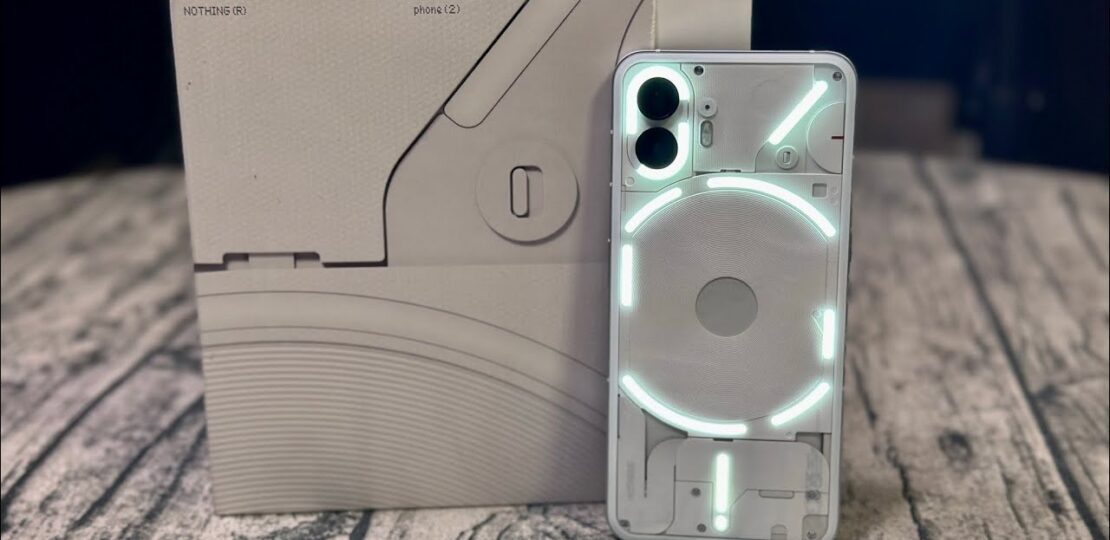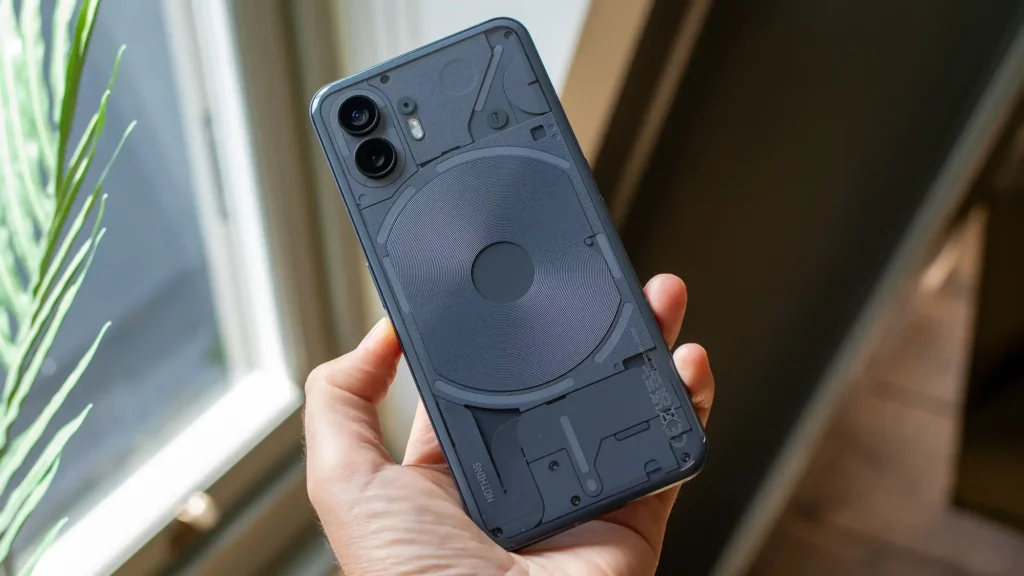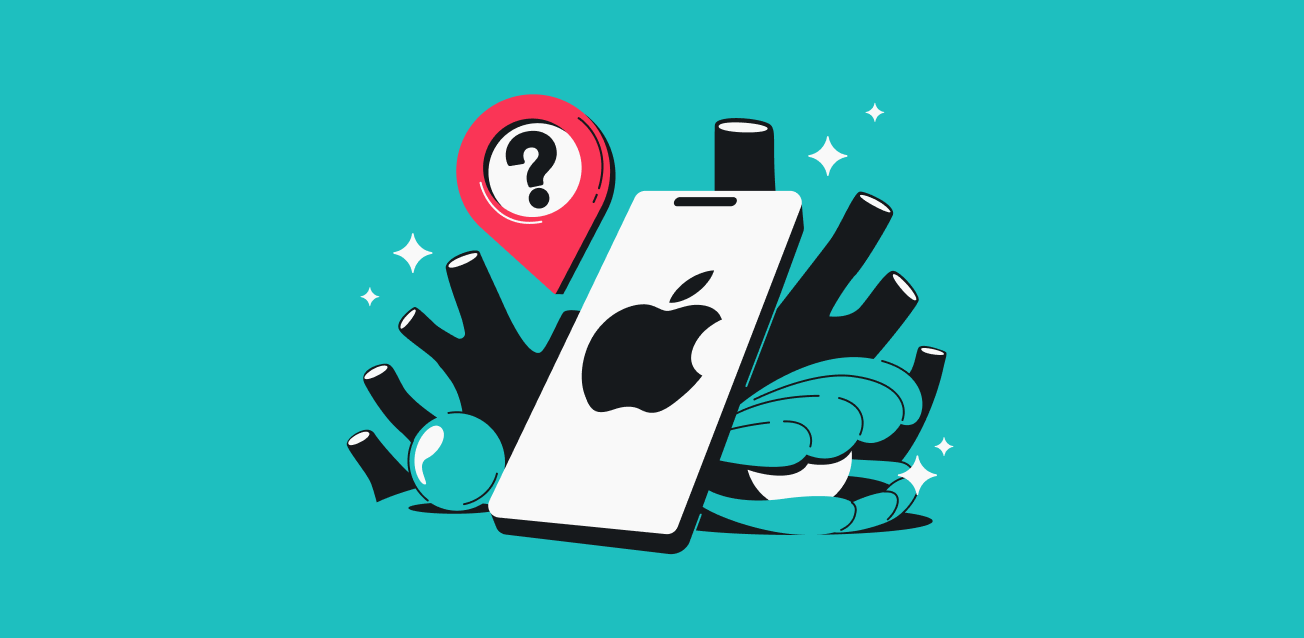The Nothing Phone 2: A Game Changer in the Smartphone World?
February 19, 2025 | by ranazsohail@gmail.com

This is the Nothing Phone (2), and you can tell because the glass on the back has a slight curve. Apart from that, it looks pretty much like the Phone (1). But don’t let that trick you. When the design of the Nothing Phone (2) was first revealed by a YouTuber, I went through the comments, and a lot of people were disappointed that it looked so similar to the first one, saying things like, “They barely changed anything.” But I think that’s missing the point.
I totally get it—people want something fresh and exciting in terms of design. But think about it: if you’re a brand-new company—especially one that’s only been around for two years—and you’re trying to establish your identity, you can’t just completely reinvent the design every year. If the second phone looks drastically different from the first, it makes it harder to establish a clear visual identity.
So yeah, the glass is a bit more rounded, the display is a lighter gray, and there are some small tweaks to the LED zones, which we’ll get into later. But overall, it still looks like a Nothing phone, and that’s intentional. The design is important, but it’s not the only thing that matters. In fact, most of the changes here go beyond just looks.
After using the phone for the past two weeks, I’d say it definitely feels more premium. The specs might not seem drastically different, but there are a lot of small improvements. The display is way brighter now—up to 1600 nits—so it’s much easier to see outdoors. It’s still 1080p, 120Hz, but now it’s LTPO. They also moved the selfie camera hole punch from the corner to the middle, and the bezels are thinner, which gives the display a slightly larger, more polished feel.
I still wish the optical fingerprint reader was a little higher up and faster, but honestly, it’s pretty standard for a phone in this price range. It also has IP54 water and dust resistance. Overall, it’s still a very similar phone, just slightly better. The big changes are mostly on the inside. So, let’s talk about that.
Performance:
To kick things off, they’ve gone with the Snapdragon 8 Plus Gen 1, which is a solid choice from the last generation of flagship chips. It’s a step up from the previous phone, but it’s not quite on par with today’s top models that have the Snapdragon 8 Gen 2. The base model comes with 8GB of RAM, but the one I’ve been testing has 12GB, and it’s been fantastic—everything feels super smooth. I’ve kept the dynamic refresh rate on, and honestly, it feels like it’s running at 120Hz most of the time. Very snappy and responsive. That said, it did have the occasional hiccup and some weird bugs that are hard to recreate, plus I’ve gotten more thermal warnings than usual, especially while wireless charging. But overall, it’s been pretty solid.

Now, let’s talk about the software experience. This phone has a lot of personality. There are a bunch of small UI tweaks and features that made me stop and think, “Oh, that’s actually really cool.”
Home Screen:
One thing I really like is that you can adjust the size of app icons on your home screen. If you like a clean grid but want to make one app more prominent, you can make it double the size and slot it in like it’s made of four icons. The redesigned folders on the home screen also look great. Another nice touch is being able to add quick settings as widgets directly on the home screen—something I hadn’t even thought of before. The lock screen widgets are a cool feature too. Right now, they’re limited to Nothing’s own widgets, but there’s a solid variety of them, like weather and clock options. They stay visible all the time on the always-on display, with a neat little dot matrix effect. I especially love having the weather and a quick shortcut to the flashlight always at hand. It would be awesome if third-party apps could get in on this, but even as it is, it’s a pretty neat feature.
The Nothing Dot fonts and the dot design are still here, showing up on the brightness and volume sliders, among other places. And, of course, there’s all the Glyph stuff. Some people think it’s just a gimmick, while others swear by it as a game-changer. Honestly, I’m somewhere in between.
These LEDs are brighter and whiter compared to the Nothing Phone (1) and have a slightly different look. Instead of one continuous arc around the cameras, there are two sets of LEDs, and the large “C” in the middle is now divided into six sections. As I mentioned in the Dope Tech video, the LEDs now have more addressable zones on the back. This means they don’t just light up all at once anymore—you get more control over them, along with some extra software features. For example, now you can get things like a countdown timer or progress indicator for third-party apps, starting with Uber and Zomato (I finally got it right!). There’s also a charging progress light at the bottom, and you can long-press the torch to activate the Glyph flashlight. It’s not as bright, but it’s definitely softer.
One cool feature is the notification light: you can set the top-right stripe to stay lit when you get a notification from a specific app until you check it. And of course, there’s the Glyph composer, which lets you create custom notification sounds.
Do I think it’s a bit gimmicky? Yeah, I do. There’s definitely some novelty that might wear off over time. But there are features here that some people will really appreciate. One thing I don’t understand, though, is why there aren’t more customization options for the lights. If I want to highlight one app, I can assign it to a stripe. But what if I want to assign multiple apps to different lights on the back? Is it too complicated to add that, or is there a reason they haven’t done it yet? I don’t know, but for now, it’s not an option.
Honestly, this phone really has some personality.
Nothing OS:
So, we’re talking about Nothing OS 2, which is basically their version of Android 13. And I feel the same way about this as I do about Google Pixel. Both have their own unique takes on Android that really show throughout the experience. Since Nothing’s based in London, you get fun little touches like calling it “aeroplane mode” instead of airplane mode and “color correction” instead of something else. Even the trash in Google Photos is called “The Bin.”
I’ve got to give props to the monotone icons by default. Every time a phone does this, I get excited, but it always ends up being spoiled by one or two apps that don’t support it. That’s the case here too, unfortunately. But I really do appreciate the clear back design. I’ve been into transparent gadgets lately. Someone pointed out the uneven glue in the hinge of the Beats Studio Buds+ case, and now I can’t unsee it. But seeing that actually made me appreciate how Nothing has done the transparent look really well—plus they even added a transparent cable this year. Well, just the ends of the cable, not the whole thing, but it’s still a cool touch. Not many companies pull off clean, neat transparency like this.
Now, for the important stuff—battery life and cameras. The battery life on this phone is a huge improvement, but the cameras? Not so much.
Battery:
The battery has been bumped up from 4,500mAh to 4,700mAh, and now it comes with a more power-efficient chip and 45W peak charging. Even with a higher refresh rate, brighter screen, and new apps like Threads (where I spend hours scrolling—follow me there if you want!), the phone easily gives me 6-7 hours of screen time. And when you do plug it into a fast charger (note that it’s not included in the box), it charges pretty quickly—going from 0 to 100% in about an hour. There’s also 15W wireless charging, which I mentioned earlier. Overall, it’s a reliable battery that gets the job done, though it can overheat a bit on a wireless car charger.

Cameras:
Now, the cameras are a bit of a letdown. It still has dual cameras—primary and ultra-wide—no telephoto. Both sensors are 50 megapixels, but honestly, the number of pixels isn’t the important part; it’s the quality. The primary sensor is the Sony IMX890, which is also used in the OnePlus 11 and OnePlus Nord 3.
In good lighting, the camera system works fine. The wide aperture and large sensor mean you get nice photos with some depth of field, and subjects up close look great. The colors are pretty natural, and the processing isn’t too heavy-handed. Landscape shots come out sharp across the frame, too. But in low light, it starts to struggle. Photos either get noisy or soft, which isn’t really surprising. For this mid-range price point, it’s decent, but not as good as the Pixel 7. It feels more on par with other average cameras like the ones in the OnePlus Nord series.
There’s also this strange bug I’ve only seen a few times where moving subjects end up with a weird ghosting effect, which definitely isn’t great. My guess is it’s some odd lag in the HDR processing, like it’s struggling to combine frames and ends up with a delay while capturing them. Honestly, I haven’t run into this on any other phone camera in years, so hopefully, it’s just a small issue they can fix.
Beyond that, there are a few other quirks I’ve mentioned, but if they can sort all of that out before the phone launches globally, it’ll be solid. Oh, and one more random thing that didn’t really fit anywhere else: the keyboard haptics are super strong, which is fine, but the problem is I can’t adjust them. They’re so loud that you can even hear them. (Phone beeping.) That sound isn’t my hand tapping the phone, it’s the vibration motor being way too strong. I really wish I could tone that down, but I haven’t found any setting to do so. Please, Nothing, let us control the keyboard’s haptic feedback!
Finally, let’s talk price. The previous Nothing phone was definitely in the mid-range category, priced at 399 Euros. But this new one starts at $599 USD, which is a pretty big jump. And that’s for the base model with 8GB of RAM and 128GB of storage. If you go for the upgraded version with 12GB RAM and 256GB storage, you’re pushing into $700 territory.
Is it really worth it? It’s a pricier phone, but the answer really depends on what you value. If you’re looking at it strictly from a specs standpoint, you probably won’t think it’s worth the cost. The specs aren’t anything mind-blowing. I can already imagine the reactions—on one side, you’ve got the R-Android crowd saying, “It’s just another average mid-range phone with a quirky design, nothing to get excited about.” On the other, the Nothing fan club will be all over it, calling it “the best design ever, the coolest phone on the market!”
But, as usual, the truth is somewhere in between. And honestly, I think it’s funny because I bet both of those groups haven’t actually used the phone yet. Once you do, though, you’ll realize that the specs and design aren’t really the point. The real charm comes from the software. It’s all about that unique, character-filled software experience. Sure, it might have a few bugs, but it’s fun and it works really well.
That’s what makes the Nothing Phone (2) stand out.
RELATED POSTS
View all


